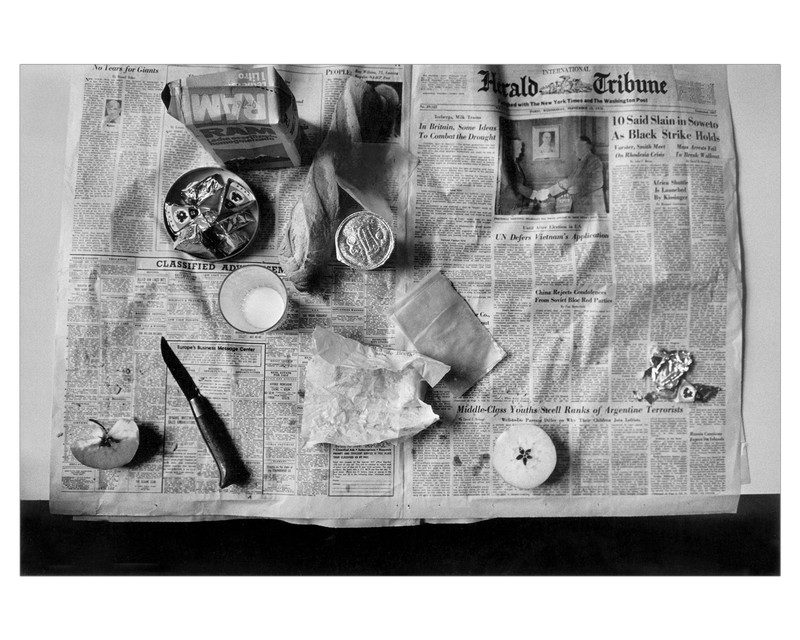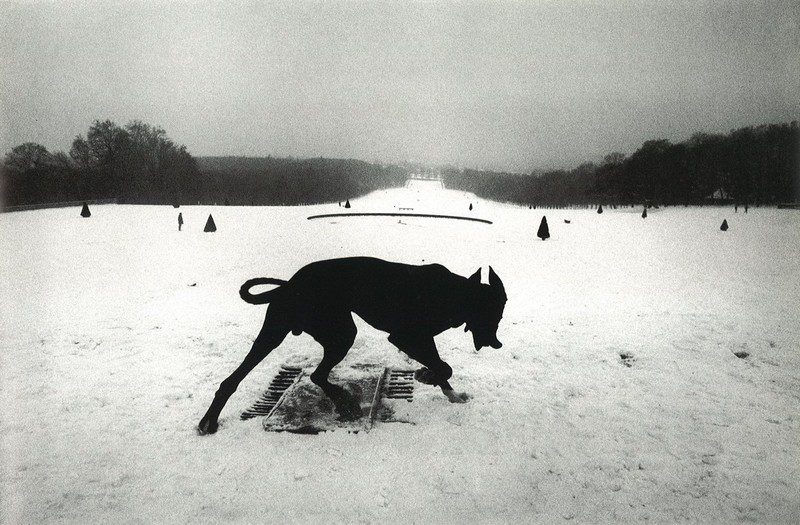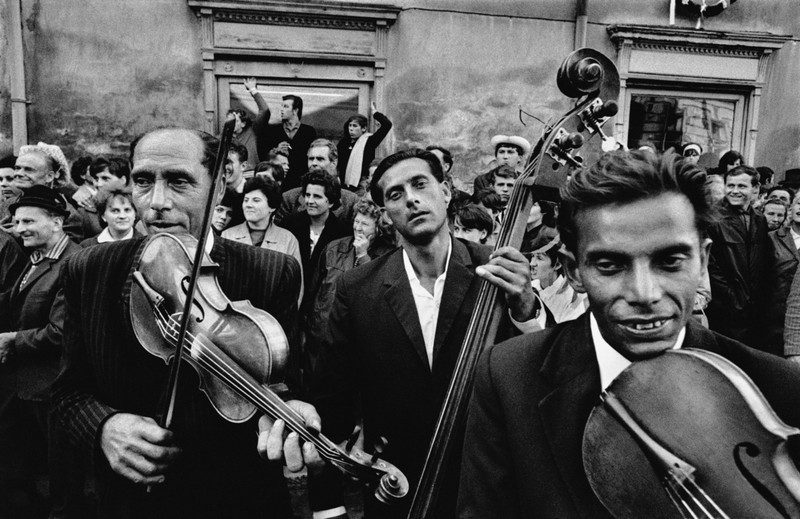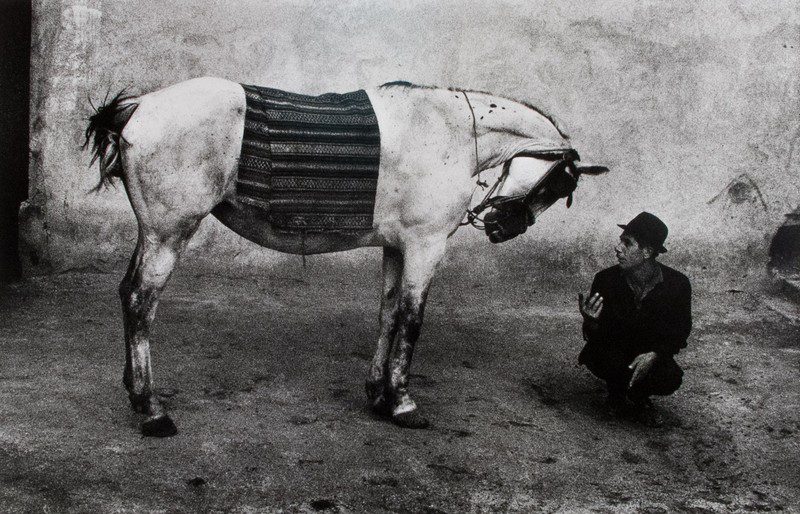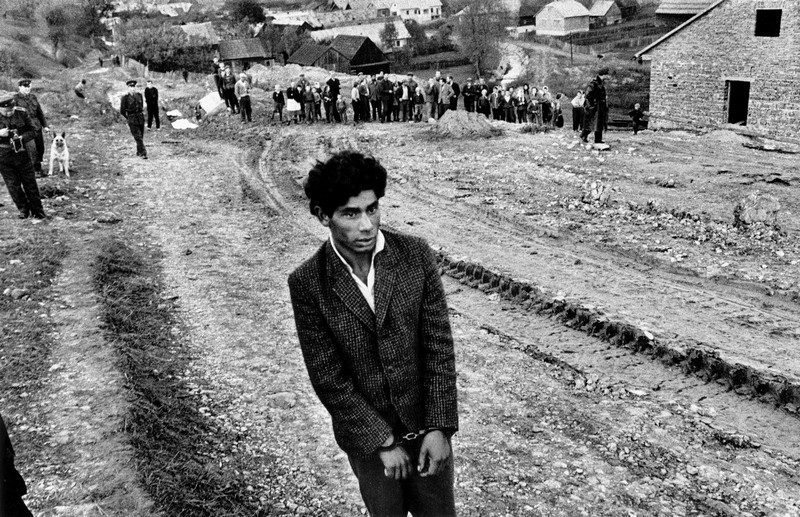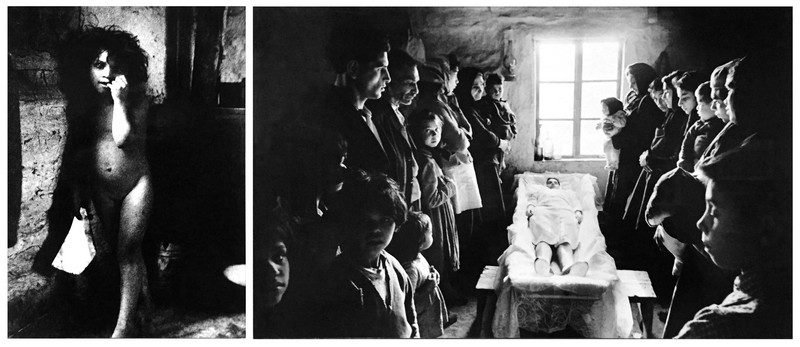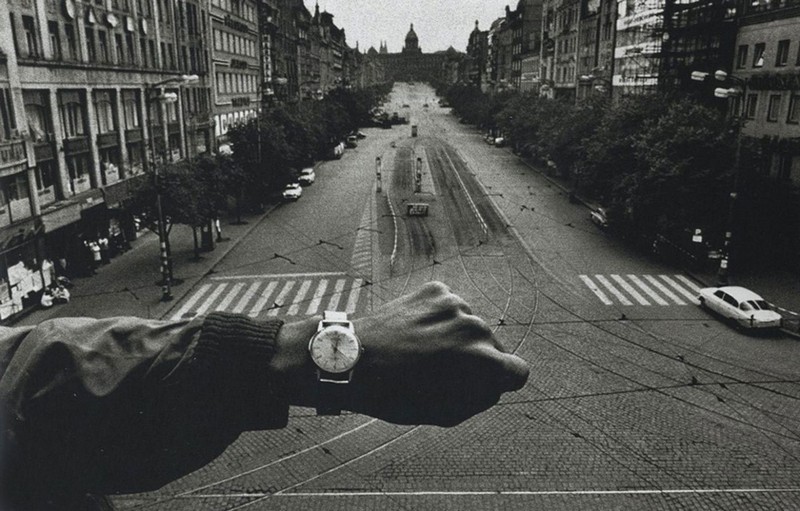PHOTO:Josef Koudelka-Uncertain Nationality
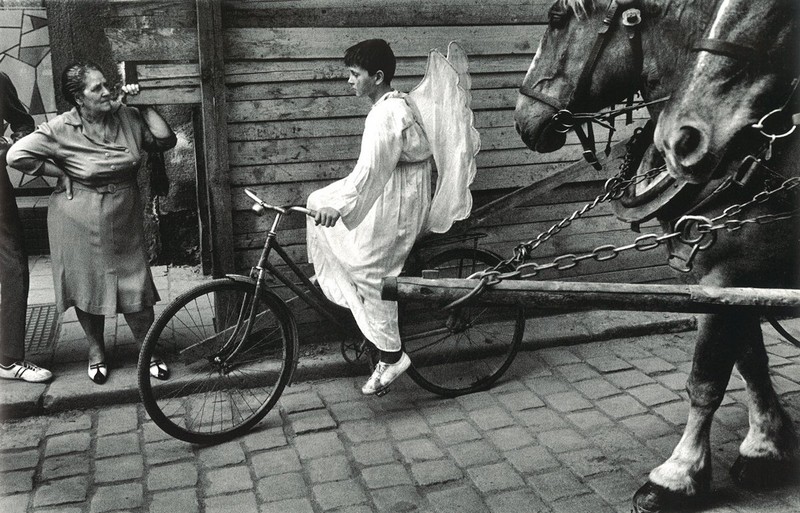 In the mid-50s a new youth culture, characterized by an open mindset was beginning to emerge in Czechoslovakia following the death of Joseph Stalin, Josef Koudelka moved to Prague. Engineer by profession, Koudelka became committed to the photographic medium in the middle of the ‘60s and became one of the most influential photographers of his generation.
In the mid-50s a new youth culture, characterized by an open mindset was beginning to emerge in Czechoslovakia following the death of Joseph Stalin, Josef Koudelka moved to Prague. Engineer by profession, Koudelka became committed to the photographic medium in the middle of the ‘60s and became one of the most influential photographers of his generation.
By Dimitris Lempesis
Photo Fundacion MAPFRE Archive
The title of the exhibition “Uncertain Nationality” at Fundacion MAPFRE, describes the sense of not belonging to a place, a sense of disorientation so present in his work. After the invasion of Prague, Josef Koudelka acquired the official status of “nationality doubtful”, becoming a stateless person, he refused to be intimidated by this situation and continued to travel and take photographs. Koudelka settled in Paris in the 1980s and after the fall of Communism returned to Prague in 1990. The exhibition covers more than five decades of work, with more than 150 works covering from his first experimental projects to the great panoramic landscapes produced in the last years, divided into five thematic sections. The exhibition also includes important documental material, the majority unpublished-layouts, pamphlets, magazines of the period among others-, that allows us to delve into the work as well as the creative process of this author. “Early Works And Theater”: Koudelka began to photograph professionally in 1958 and create a series of landscapes and sceneries of the outdoors taken in Prague, and on trips to Slovakia, Poland and Italy. During the -‘60s, he was hired by the Czech theater companies Divadlo za branou and Divadlo na zábradlí, many of his images illustrated the covers of the magazine Divadlo, some of them are displayed in the exhibition. The section “Gypsies”, cover the years 1961-68, when he started to stay for long periods in gypsy campsites in the cities of Eastern Europe. What started out as a marginal activity photographing these communities, right away turned into a job that would become a life project.Between 1963-68, he visited about eighty places in Czechoslovakia and accumulated thousands of photographs that progressively diminished to a selection of a few dozens. In these photographs, he immersed himself in the life, celebrations and traditions of Gypsy culture. “Invasion”: In August of 1968, Koudelka awoke with the Soviet troops entering Prague to invade it. He immediately went out to the street and documented the devastating occupation nonstop for one week. He climbed up onto the tanks and he ran into protestors that confronted the heavily armed soldiers. His images became a document of the conflict and symbol of the spirit of the resistance movement. The rolls of film that he used to photograph the Prague struggle ended up in Western Europe illegally and the Koudelka images appeared in newspapers and magazines around the world. To prevent retaliation against Koudelka and his family, the photographs were signed as “P.P.” or “Prague Photographer” until 1984. The title of the exhibition “Unclear nationality” refers to the legal status that appears in the author’s travel documents each time he returned to the United Kingdom, his home base during the first decade of exile, since he did not have a Czechoslovakian passport and could not prove his birthplace and is shown in the section “Exiles”. Josef Koudelka left Czechoslovakia in 1970 and petitioned to exile to the United Kingdom. While he was in exile, he continued to work throughout Europe on those routes marked by Gypsy religious festivals and folklore that are held annually. The alienation that he felt for not belonging to a nation is reflected in his photos that shows symbols of isolation (lost animals, lonely figures, scattered objects and displaced Gypsies) which is the core of the Koudelka vital experience. “Panorama”: Since 1986, Koudelka was using a panoramic camera. He uses this expanded format to show territories devastated by conflicts or altered with the passage of time. These images are the core of his impressive foldout publications such as Black Triangle or Chaos that shows scenery on the edge of ruins. More recently, Josef Koudelka used this format to document the border of the West Bank and the territories that surround it such as the Negev desert or the Golan Heights. This work, “Wall”, urges the spectator to see the desolation of vast scenery dominated by walls, barbed-wire fences, access roads and borders. In the exhibition, there is a selection of copies from this work together with the book published in 2014. In these panoramas we perceive a scenery created by the man that tells his story, as well as the transformations that he has suffered due to human pillage, meaning: through his photographs we see man as creator and destroyer of the world.
Info: Uncertain Nationality, Curators: Matthew Witkovsky, Richard and Ellen Sandor, Fundacion MAPFRE, Barbara De Braganza Exhibition Hall, Bárbara De Braganza, 13, Madrid, Duration: 10/9-29/11/15, Days & Hours: Mon:14:00-20:00, Tue-Sat: 10:00-20:00, Sun: 11:00-19:00, www.fundacionmapfre.org

